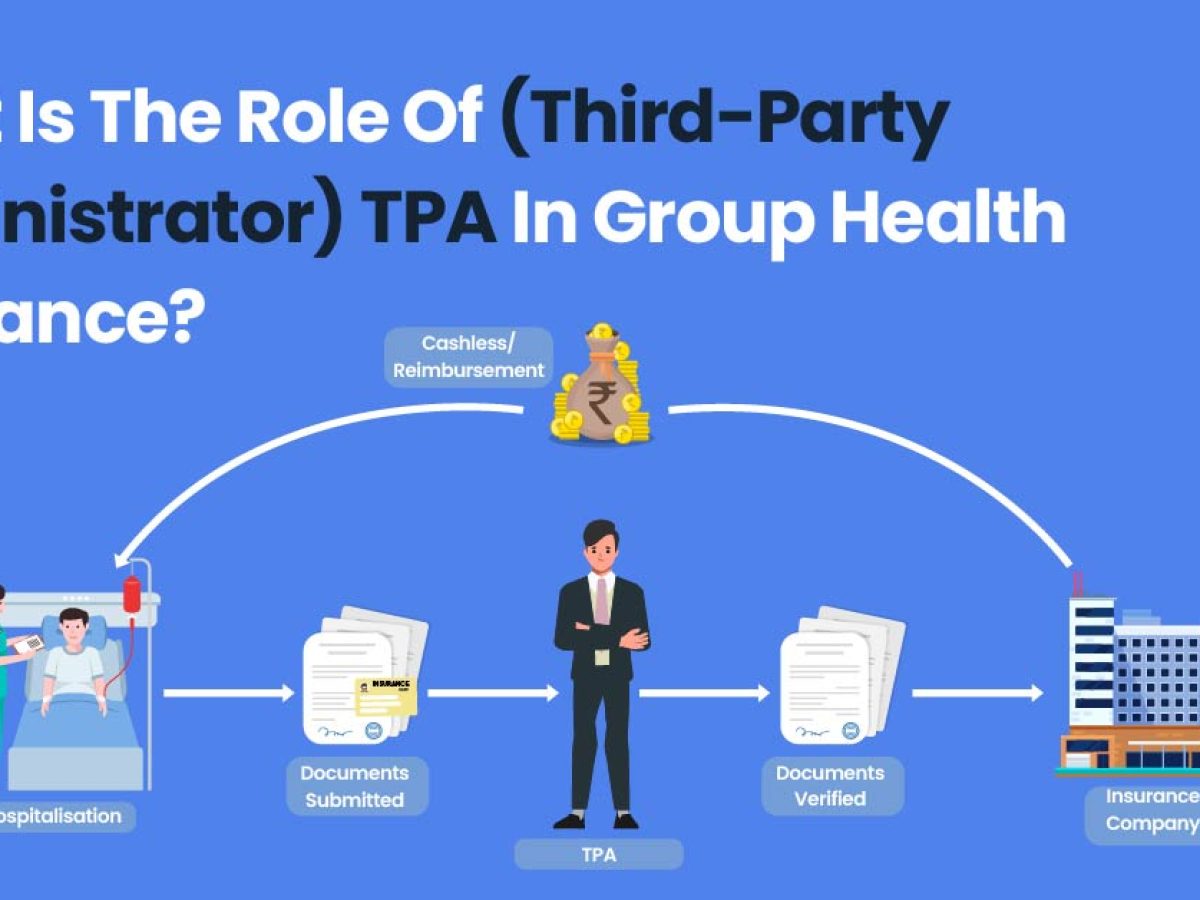Getting The Pacific Prime To Work
Wiki Article
Pacific Prime Things To Know Before You Buy
Table of ContentsNot known Details About Pacific Prime The Main Principles Of Pacific Prime Pacific Prime - The FactsThe Best Guide To Pacific PrimeAll About Pacific Prime

This is due to the fact that the data were accumulated for a period of solid financial efficiency. Of the estimated 42 million people that were without insurance, almost about 420,000 (concerning 1 percent) were under 65 years old, the age at which most Americans come to be eligible for Medicare; 32 million were adults between ages 18 and 65, about 19 percent of all adults in this age; and 10 million were children under 18 years of age, regarding 13.9 percent of all youngsters (Mills, 2000).
These estimates of the number of persons uninsured are produced from the yearly March Supplement to the Existing Populace Survey (CPS), conducted by the Census Bureau. Unless otherwise noted, nationwide quotes of individuals without medical insurance and proportions of the populace with various type of insurance coverage are based on the CPS, the most widely utilized source of quotes of insurance coverage and uninsurance rates.
Pacific Prime Fundamentals Explained

Still, the CPS is particularly helpful since it produces yearly quotes fairly rapidly, reporting the previous year's insurance protection estimates each September, and because it is the basis for a regular collection of estimates for greater than two decades, permitting analysis of fads in insurance coverage gradually. For these reasons, along with the substantial use of the CPS in other studies of insurance policy coverage that exist in this report, we rely on CPS price quotes, with limitations kept in mind.

The quote of the variety of uninsured individuals broadens when a populace's insurance status is tracked for several years. Over a three-year duration beginning early in 1993, 72 million people, 29 percent of the united state population, were without insurance coverage for at the very least one month. Within a single year (1994 ), 53 million individuals experienced a minimum of a month without coverage (Bennefield, 1998a)
6 out of every ten without insurance adults are themselves used. Although working does boost the probability that one and one's household members will certainly have insurance, it is not a warranty. Also members of family members with two full time wage earners have nearly a one-in-ten opportunity of being uninsured (9.1 percent without insurance rate) (Hoffman and Pohl, 2000).
Little Known Facts About Pacific Prime.
New immigrants represent a significant proportion of individuals without medical insurance. One analysis has actually connected a substantial portion of the recent development in the dimension of the united state without insurance population to immigrants that arrived in the country between 1994 and 1998 (Camarota and Edwards, 2000). Recent immigrants (those who pertained to the USA within the previous 4 years) do have a high price of being without insurance (46 percent), he has a good point yet they and their youngsters account for just 6 percent of those without insurance nationally (Holahan et al., 2001).The relationship between medical insurance and access to care is well established, as documented later in this chapter. Although the relationship between medical insurance and wellness end results is neither straight neither basic, a considerable professional and wellness solutions research study literature links medical insurance protection to enhanced access to care, better top quality, and improved personal and populace health and wellness condition.
Degrees of analysis for analyzing the results of uninsurance. This conversation of health and wellness insurance protection focuses largely on the U.S. populace under age 65 because virtually all Americans 65 and older have Medicare or various other public coverage. It concentrates particularly on those without any kind of health and wellness insurance policy for any size of time.
Some Known Details About Pacific Prime
The issues dealt with by the underinsured are in some respects comparable to those dealt with by the uninsured, although they are typically less severe. international travel insurance. Uninsurance and underinsurance, nevertheless, entail definitely various policy issues, and the methods for addressing them may vary. Throughout this study and the five records to adhere to, the major emphasis is on persons without wellness insurance coverage and therefore no assistance in spending for healthcare beyond what is readily available with charity and safety net establishments
Medical insurance is an effective aspect impacting invoice of care because both individuals and doctors react to the out-of-pocket cost of services - https://www.kickstarter.com/profile/pacificpr1me/about. Wellness insurance coverage, nevertheless, is neither necessary neither adequate to get to clinical solutions. The independent and direct result of wellness insurance protection on accessibility to health solutions is well established.
Others will get the healthcare they need also without health and wellness insurance policy, by paying for it out of pocket or seeking it from service providers that offer treatment free or at extremely subsidized prices. For still others, health insurance policy alone does not ensure invoice of treatment as a result of various other nonfinancial obstacles, such as a lack of healthcare service providers in their neighborhood, minimal access to transportation, illiteracy, or etymological and social differences.
The Ultimate Guide To Pacific Prime
Official study about without insurance populations in the United States dates to the late 1920s and early 1930s when the Committee on the Cost of Healthcare created a series of reports about financing doctor workplace gos to and hospital stays. This concern came to be significant as the varieties of clinically indigent climbed up throughout the Great Anxiety.Report this wiki page